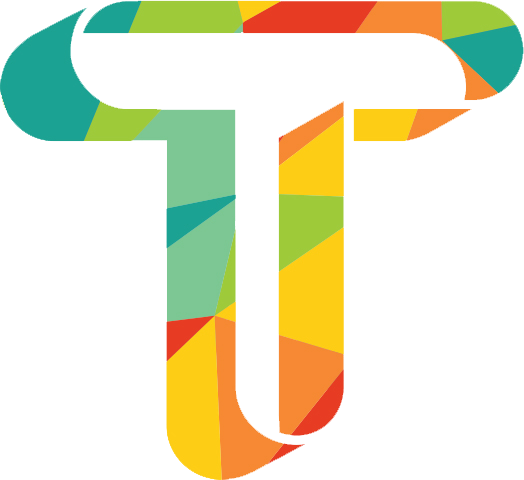The Synergy of Human-Machine Collaboration: A.I. in Translation
In today’s fast-paced globalized world, effective communication across languages is crucial than ever. As businesses expand internationally and individuals connect on a global scale, the demand for translation services is soaring. Artificial Intelligence (A.I.) has emerged as a powerful ally for translators, offering innovative tools that can enhance efficiency while preserving the nuanced touch that only humans can provide. In this blog post, we’ll explore how A.I. is revolutionizing the translation sector, drawing insights from Ajay Agrawal’s book, “Prediction Machines.”
The Evolution of Translation with A.I.
Ajay Agrawal, in his insightful book “Prediction Machines,” discusses the concept of A.I. as a tool that reduces the cost of prediction. Translation, at its core, involves predicting the most accurate and contextually relevant meaning of a message in one language and converting it into another. A.I.-powered tools, driven by machine learning algorithms, have significantly encouraged this process.
Machine translation services, like Google Translate, have become household names, allowing instant translation of text and speech. These tools leverage massive datasets and neural networks to make predictions about the most likely translation. However, while they excel at speed and breadth, they often lack the finesse and cultural understanding that human translators bring to the table.
The Need for Human Touch:
Despite the advancements in A.I., it is essential to recognize that language is deeply nuanced and culturally embedded. A machine might struggle to grasp the subtleties, idioms, or context-specific meanings that are inherent in human communication. This is where human translators play a crucial role.
Translators possess the cultural sensitivity and intuition required to navigate the complexities of language. While A.I. can expedite the initial translation process, human oversight becomes indispensable to ensure accuracy, context relevance, and the preservation of the intended message.
Cautious Collaboration:
Ajay Agrawal’s insights remind us that the role of A.I. in translation should be viewed as a collaboration rather than a complete replacement. Translators should approach A.I.-assisted tools with a degree of caution, recognizing them as powerful aids rather than infallible solutions. These tools can serve as a valuable starting point, providing a foundation for human translators to build upon.
The collaboration between human translators and A.I. can create a symbiotic relationship, where each party leverages its strengths. A.I. handles the heavy lifting of processing vast amounts of data and generating initial translations, while human translators refine and enrich the content with cultural nuances, ensuring the final output is polished and contextually accurate.
That is why there are digital agencies that utilize A.I and Human collaboration approach to their advantage. One of the agencies which excel in this sector is Totoro Translation Service.Conclusion
In conclusion, the translation sector stands to benefit immensely from the fusion of A.I. and human expertise. As technology continues to evolve, human-machine collaboration emerges as the gold standard for achieving precision, efficiency, and cultural relevance in translations.
In embracing the collaborative potential of A.I. and human translators, we pave the way for a future where communication across languages is not just efficient but also deeply meaningful and culturally resonant. The evolution of translation is not a story of replacement but of enhancement, where the best of both worlds come together to bridge linguistic divides in our interconnected global landscape.
SourcePhoto by Tara Winstead





Add Your Comments
Sign in to post your comment or signup if you don't have any account.